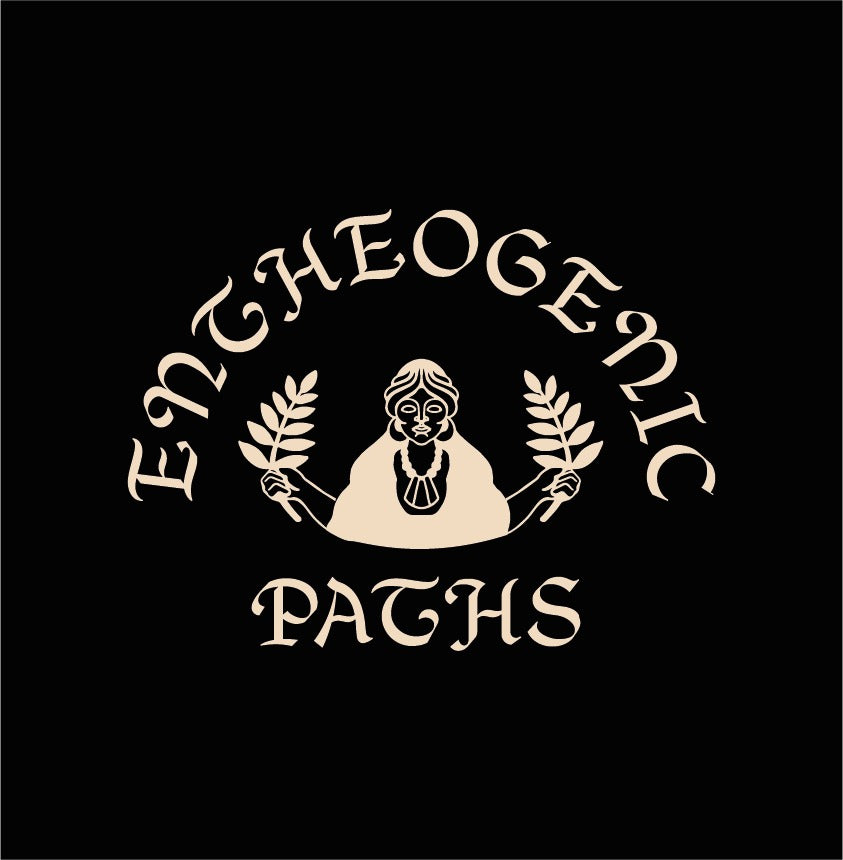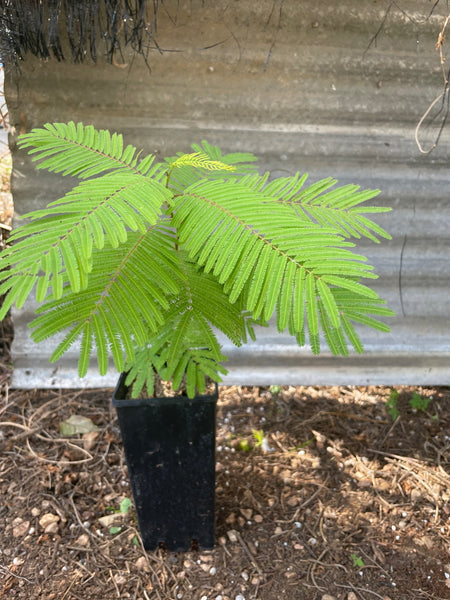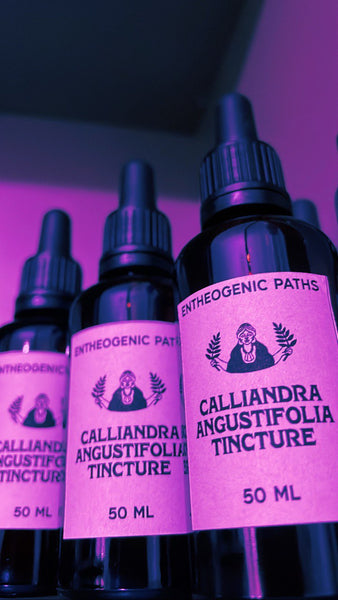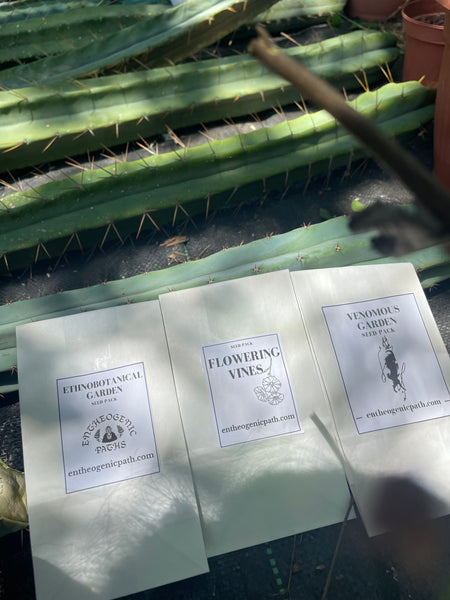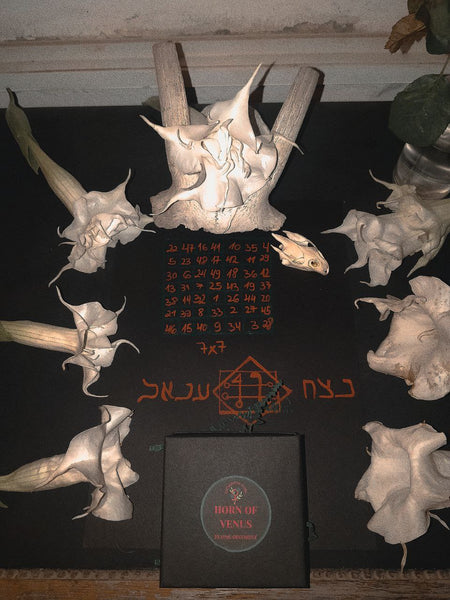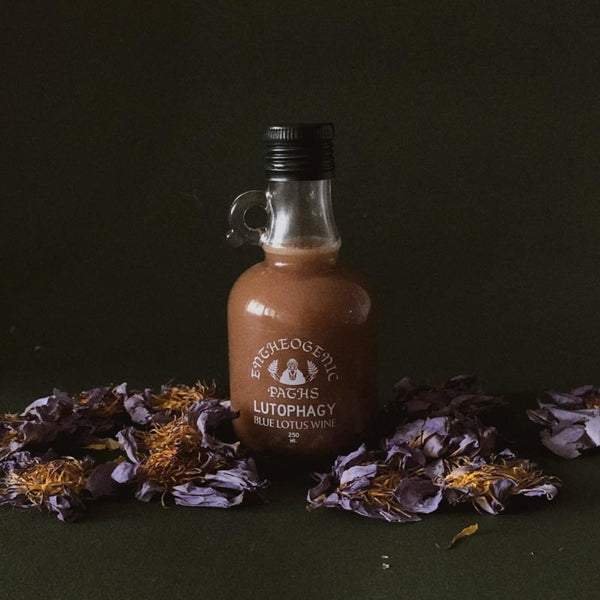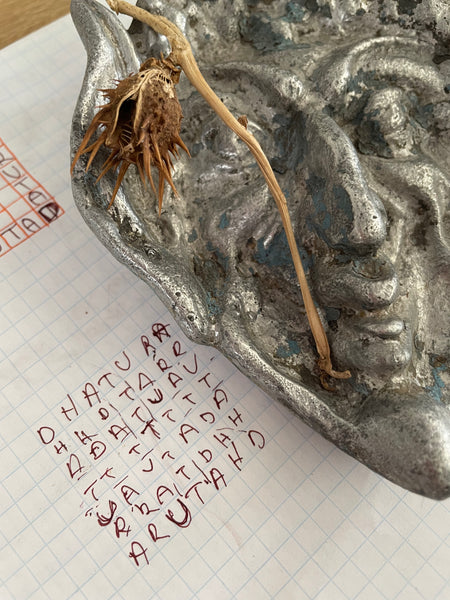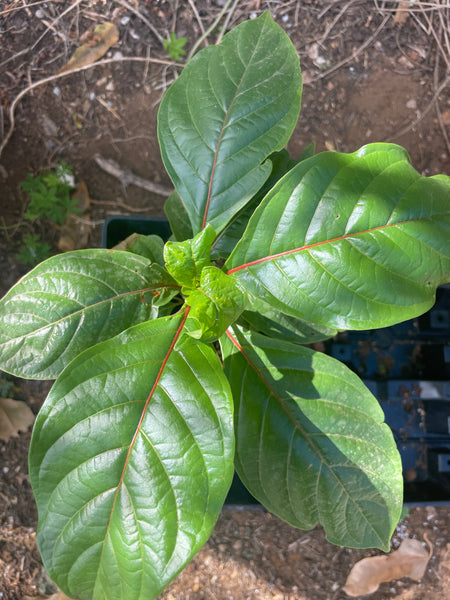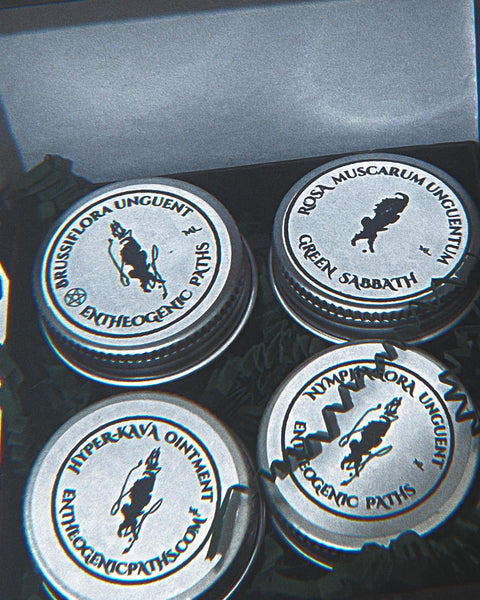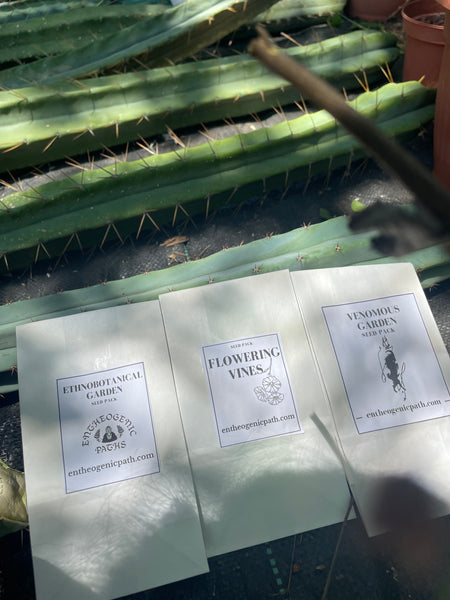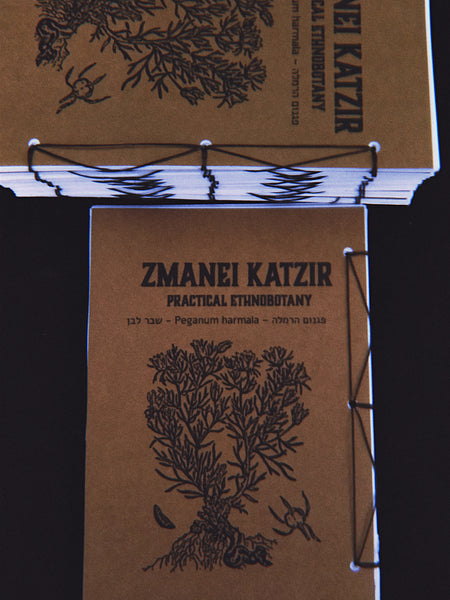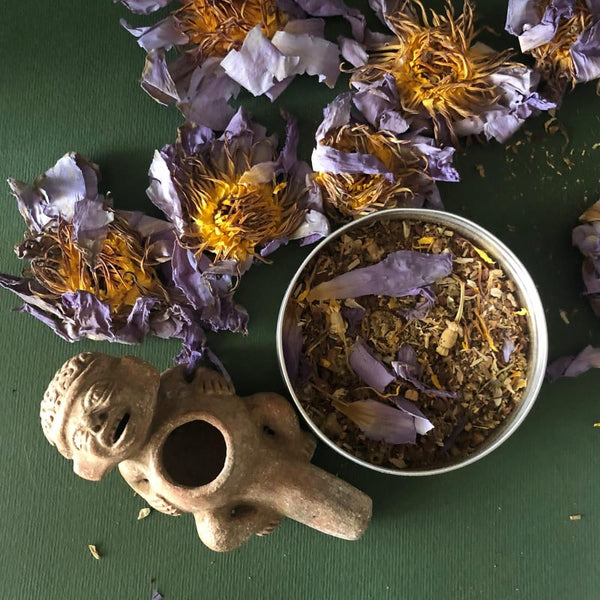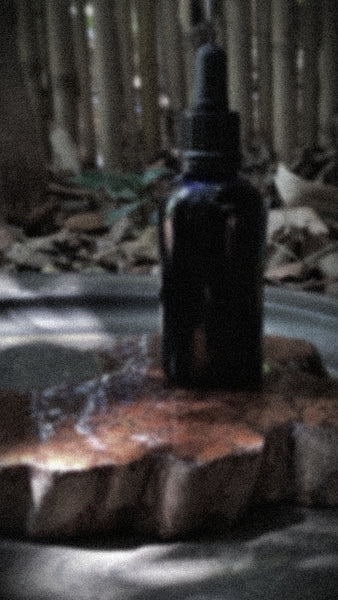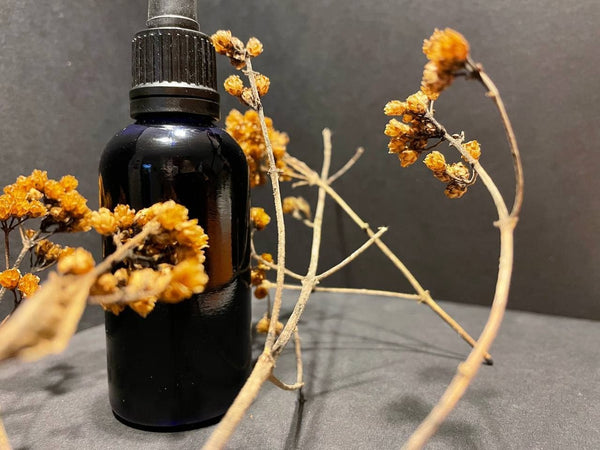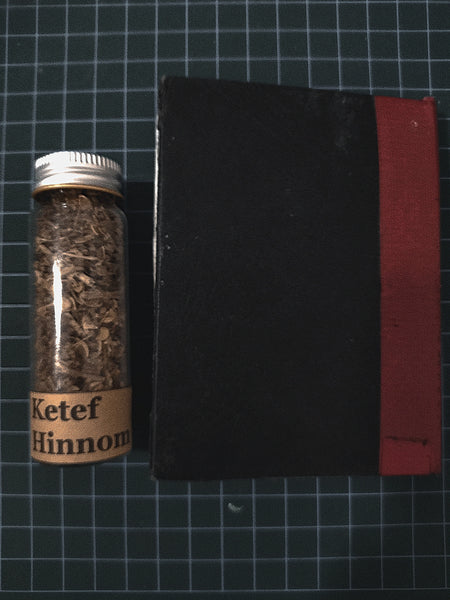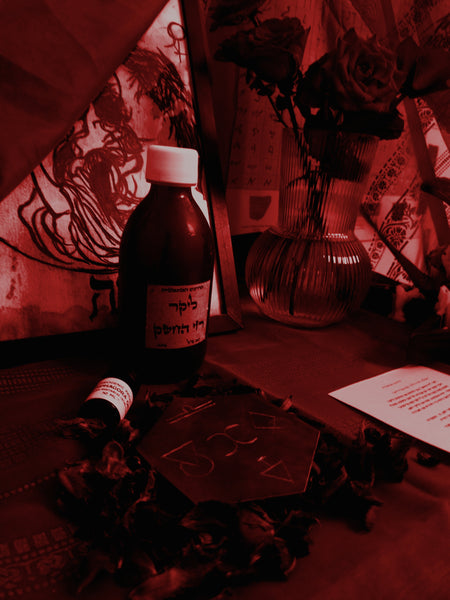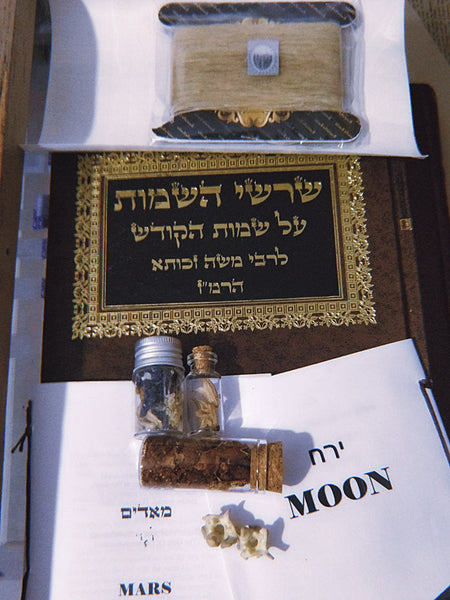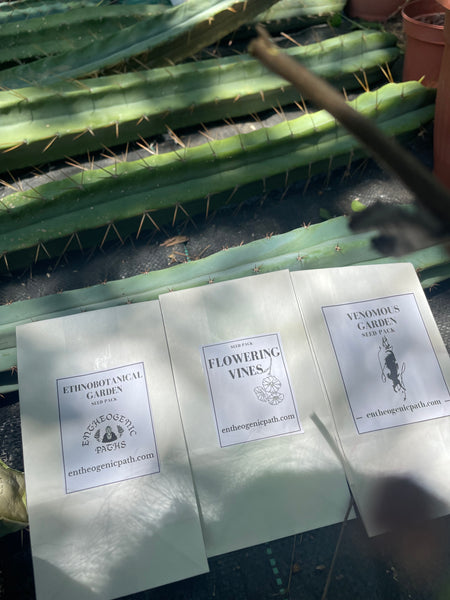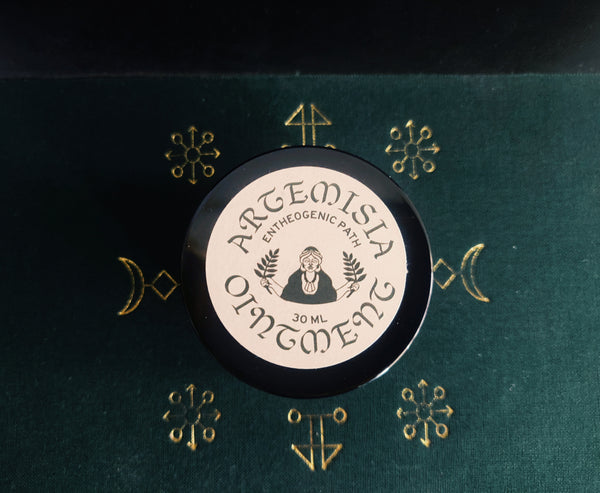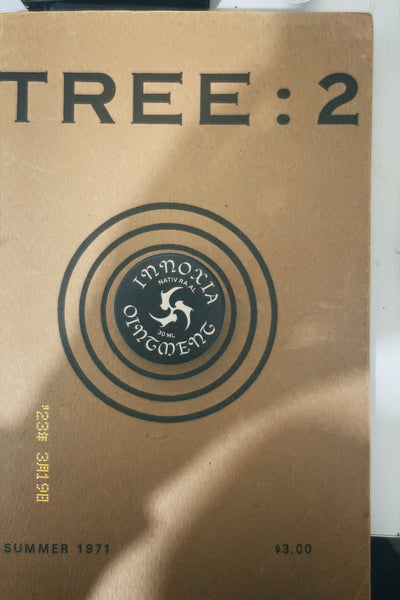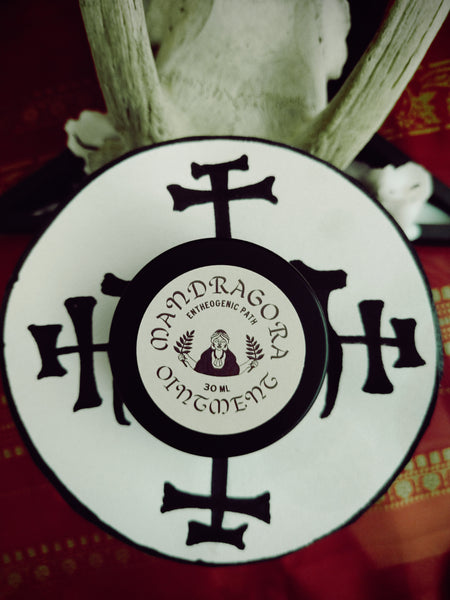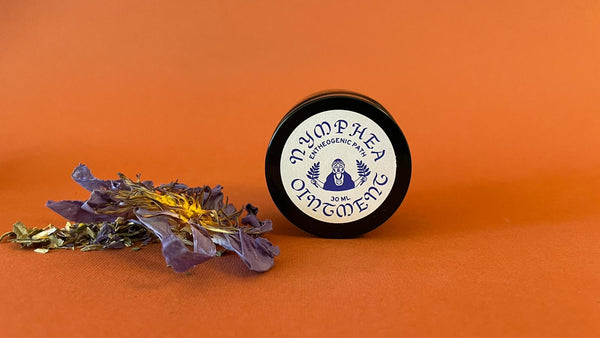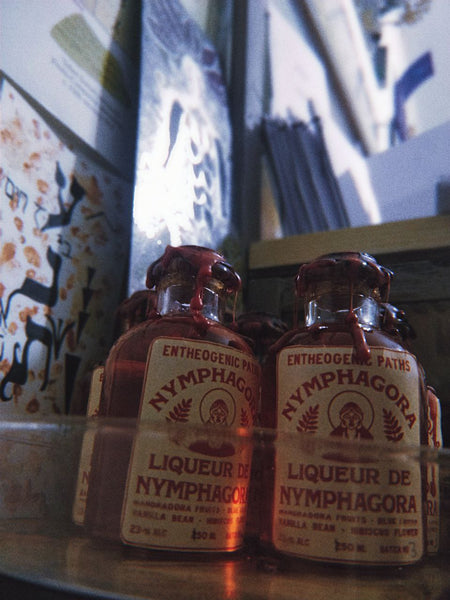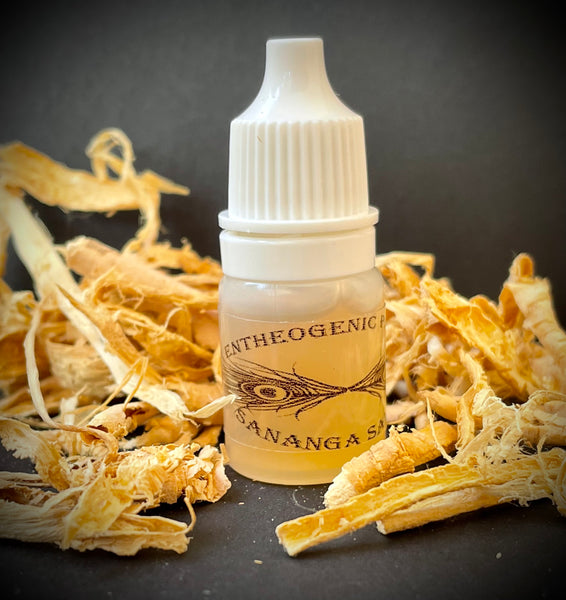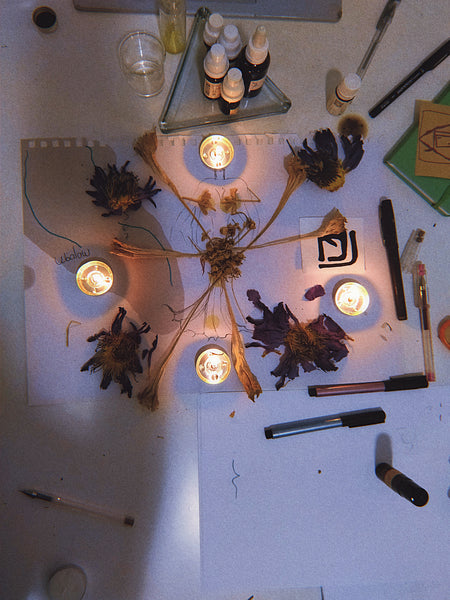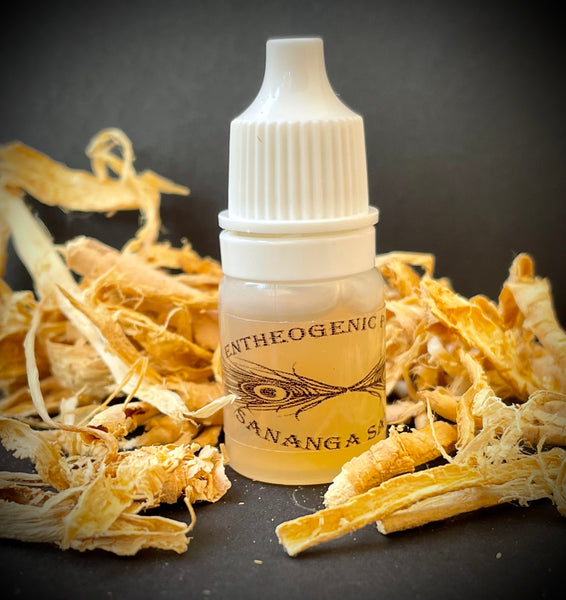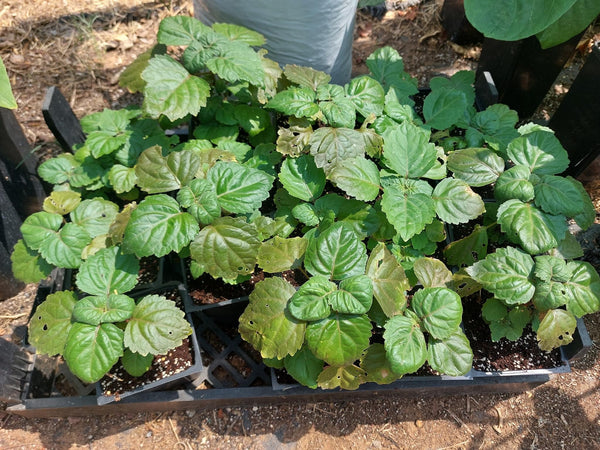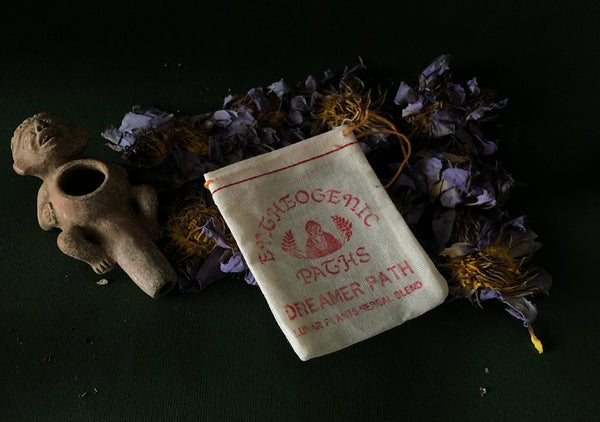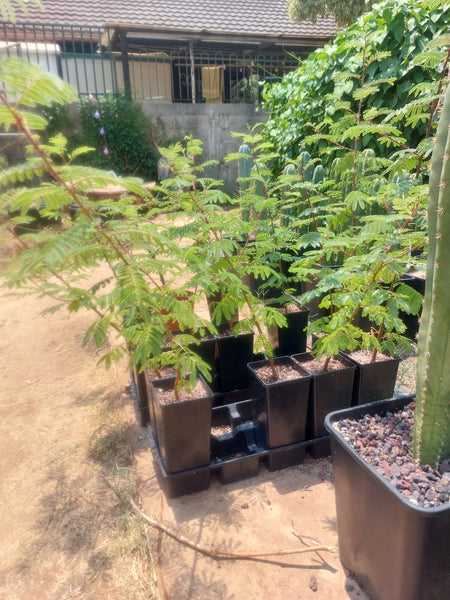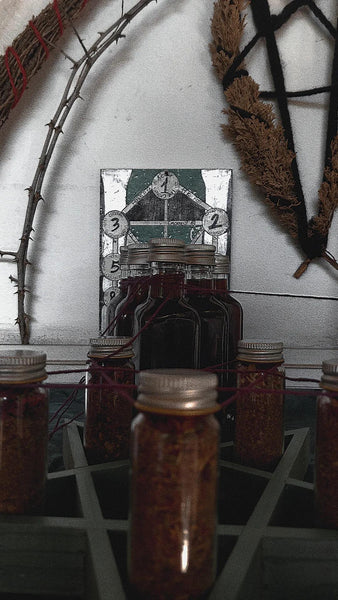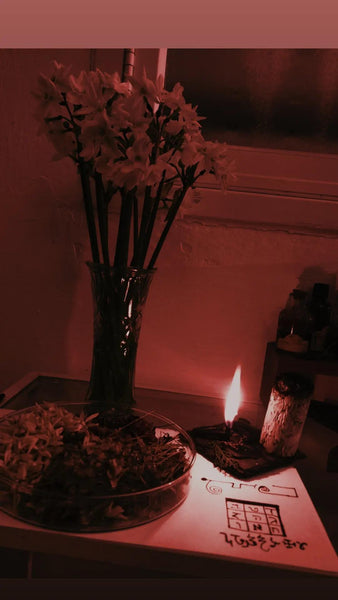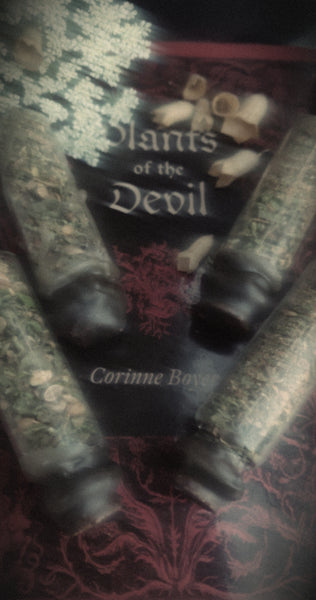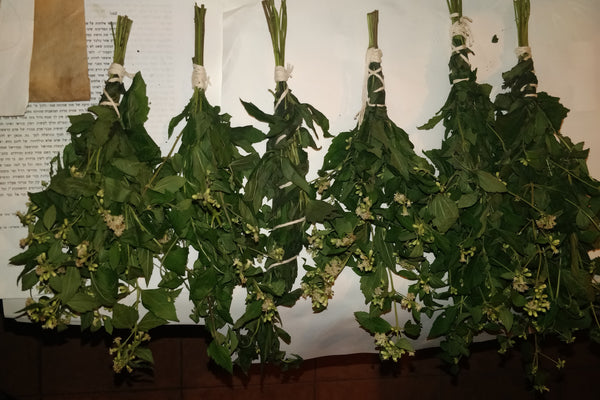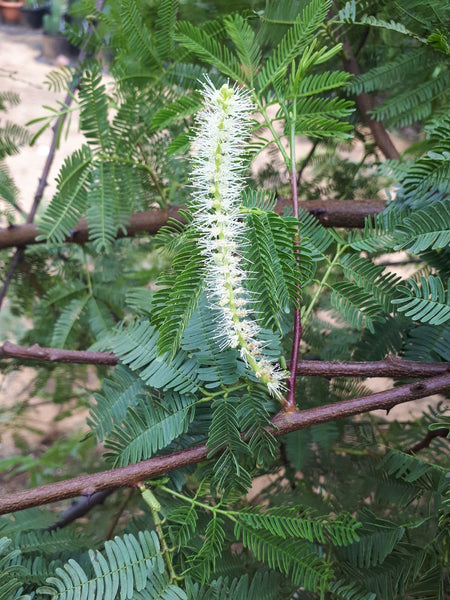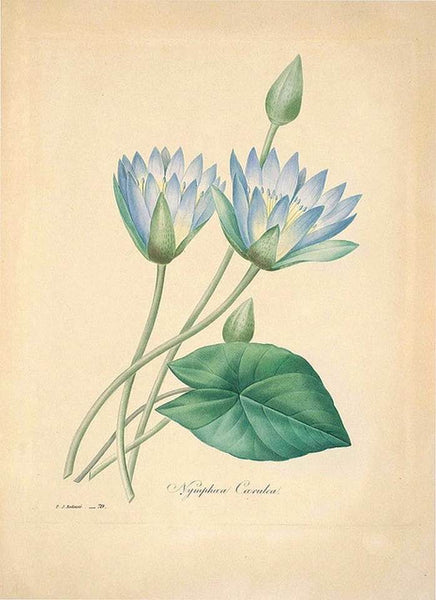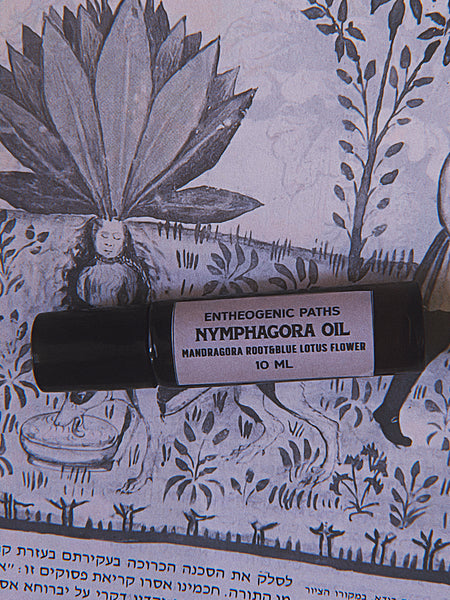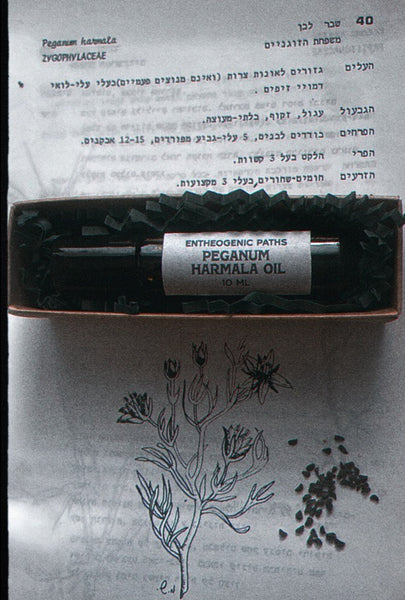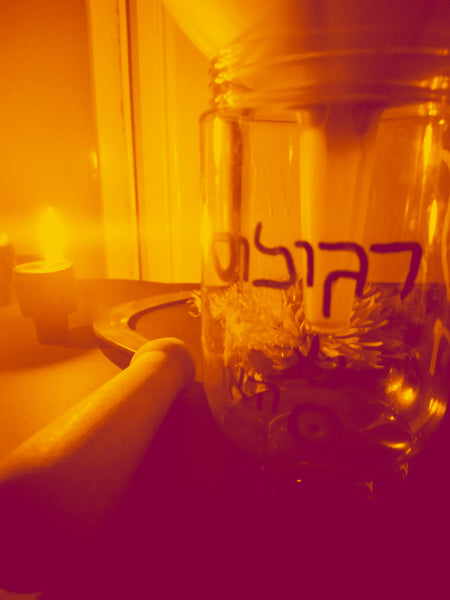As we all know,
Datura comes from a family known for its hallucinatory and powerful properties and can be dangerous to those unaware of its power.
Let's go on a detour trip around the world.
I'll start with America:
In the Navajo tribe, the datura plant symbolizes the changing woman, the one who can take the form of a maiden, a mature woman and the elder of the tribe.
The Chumesh tribe speaks of a ghostly woman named Momoi, the tribal goddess of the datura flower responsible for its medicinal and ritual use, as well as the keeper of tradition.
To the natives, Momoi manifests as an old and ugly witch, to others as a strikingly beautiful, ethereal-looking young witch with a vision that expresses the sought-after succubus spirit.
Wait a minute, I've come to a crossroads.
For the most part, Datura is associated with Carlos Castaneda, who described it in his book as an ally and even concocted it into an oily Rapthalian aviation paste.
Many people I have met tend to appropriate Castaneda's experiences of altered states of consciousness as induced by the sacred plant, peyote (Lupophora williamsi). But if you recall the scripture, the main plant that Carlos was initiated into was Datura, which played the main role in his early experiences in the separate realities, being in the experience of changing his human form into a crow.
The connection with Momoy is revealed in depth, when Castaneda mentions his Yaqui teacher of Toltec magic, Don Juan Matos. He didn't particularly like Datura. Maybe he ate Brax from some old witch in the desert, who knows.
He called it 'Yerba del Diablo' - devil's grass.
In Castaneda's story, Don Juan claimed that the detura's nature was similar to that of a seductive woman and a powerful, dark witch. He says that she is as powerful as the best allies, "but there is something about her that I personally do not like. She distorts men. She gives them a taste of power too soon without fortifying their hearts and makes them domineering and unpredictable. She turns their strength into their weakness." (The journey to Ichtalen).
[Let's try to understand Juan Matos beyond the limitations of gender - from my acquaintance with the ghost lady, I can tell you that she is not racist towards men, women or children. It is a tyrant of stupidity and darkness, of self-empowerment that often originates from the illusion of our description of reality. Datura will turn strength into weakness for anyone who approaches her with disrespect and awareness].
Datura inoxia is considered the younger sister of Datura stramonium by mixed tribes in Wacoca, Mexico. These natives believe that in the stramonium plant resides a spirit called Ta-gamih - translates to 'grandmother', and that is what they call her during their prayer for a healer.
During the ceremony, the men take 27 seeds, and the women use 21 seeds (which reminds me of the typological dose of Moringa Glory seeds that I wrote about on the main page).
In Mexico, the Catholic Church believed that the plant was created by their devil (as in all churches in the world), and like Mephistopheles from Goethe's play, the detura plant entices people to sign contracts with its spirit.
Let's say that the lady of the spirits, it was not for nothing that she got her poisonous and threatening position.
It is said among the Chumesh that if you drink a decoction made from the female root of Momoi, it will allow those who practice it to contact a dream technician personally.
With the dream technician you can submit requests, answers and claims regarding the nature of reality and your perception of it. And maybe, if you are not spoiled by your mental fixation, you will also get answers.
- The direction of the dream can be determined in advance, through a two-dimensional meditation (matrix containing characters, numbers or letters) whose purpose is to direct the magical visions of the Datura in its three-dimensional expression (dreams, visions or guided hallucinations).
At the end of the day, our subconscious will produce its own visual lineup, one that will be formed through complex associations, which are frequently seen in the process of lucid dreaming.
Therefore, it is very (very) important to be careful about the images you choose to meditate on because they are the seeds that will germinate in your imagination.
In other words, beliefs determine the nature of the Datura visions and probably other powerful plants that communicate with us in a visual language.
These beliefs consist of basic assumptions on which we rely in everyday life and repressed memories. Using Datura is the classic case of 'know thyself'.
Therefore, as the legend of the Chumshit people tells, Momoi will not let her grandson drink from her essence, because he is not aware of the correct use of her power and its dosage, which overdose can lead to a private and schizophrenic hell.
Momoy's name can also be found in the ancient tradition of the Bucon region in the state of Merida in Venezuela. Momoi's name is perceived differently - small ghosts called momoys, they are usually depicted as bearded dwarfs who wear phallic hats that resemble the shape of a Datura or Brugmansia flower. Although the image of the dwarf there depicts a shaman who took Datura and not the spirit itself. Apparently the genomic figure (Gnomes) is derived from European influence.
The bewildered shamans seem to be adept at making contact with the female spirits that prevail at the bottom of the lagoons, similar to what Juan Matos conveyed about the intelligence of this ally and the general energy of the inorganic beings, associated with waterholes (energy leakage).
The duty of the bewitched shamans is to preserve the natural environment by interacting with spirits, whose domain is the watery amniotic fluid domain of the deep womb dreams.
The main problem with Momoi, is taking it out of the ceremonial context for everyday use in favor of legal stela seekers, probably unwary users should check again why Datura is called Jameson weed, or Jamestown weed. The name derives from the town of Jamestown, Virginia, where British soldiers who consumed the plant were delirious for about 11 days while trying to suppress the Bacon Rebellion.
Momoi should not be taken by someone who is mentally unstable, it can cause schizophrenia and a host of dissociative disorders in sensitive people.
Anglophone settlers in California often referred to Datura as 'Indian whiskey' because of its intoxicating ceremonial use by many tribes, giving rise to the name 'Sacred Datura'.
Other common names: Indian apple, nightshade, devil's trumpet, stinkweed, madman's weed, devil's cucumber, hell's bells and thorn apple.
Aztecs call the stramonium and inoxia strains Toloache (to bow the head in the Nahuatl language), a herbal ally that allows practitioners to enter the surreal reality of their deep subconscious.
The Mayans of the Yucatan state use the nickname Mehen xtoh k'uh.
There is a long tradition of using Datura and Brugmansia for prophecies and visions - actions that can be brought together under the umbrella of occultism or clairvoyance.
The Aztecs also used the prickly pear, which they called Mixitl.
The ritual detura tradition appeared among other indigenous societies such as the Algonquian, Cherokee, Marie Gallant Island natives and Luisano tribe natives.
In Ethiopia, the use of Datura is common among the dark priests (Debtrawoch). There it is intended to 'open the mind' for the purpose of learning and creative thinking, probably because Datura allows access to a hypnogogic trance while awake. (You don't have to wait until bedtime for lucid dreaming, for me the afternoon is a more 'receptive' time).
Continent of Asia😊
In Tibet and Mongolia, the thorn apple is used as incense in tantra rituals called Vajramabhairava, which is intended to expel spirits and to turn the rich into poor (Siclos, 1995).
The name Datura is derived from the Sanskrit language (dhattura) and loosely translates to the seed or the chief of the bodily fluid. Another site translates the word to plant. If there happen to be any Sanskrit speakers here...
Datura is associated throughout India with the blue god, Shiva.
In Varanasi - the city sacred to Lord Shiva, you can buy necklaces of flowers and datura apples in the markets for the purpose of the pilgrims on their way to the temple. They place the chain around the lingam statues.
Boom Bullent to all devil apples
* There is no encouragement for anything in the text
Sources:
The Christian Rach Encyclopedia

